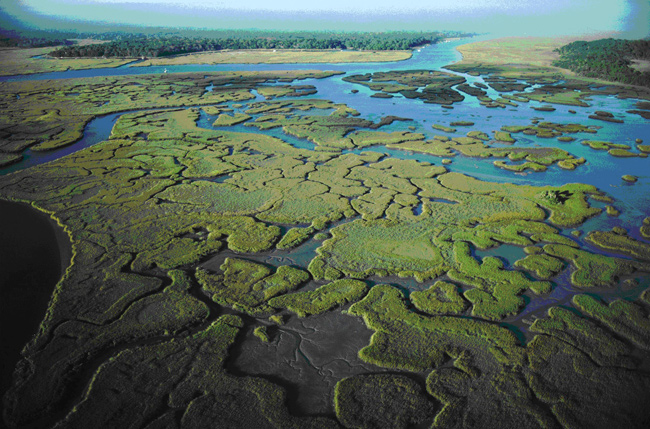Submit your application by July 27, 2021
Now hiring a physical scientist- education and outreach coordinator The NOAA Ocean Acidification Program has a vacancy for a Physical Scientist ZP 1301-3/4 (Direct Hire) with a negotiable location.As a Physical Scientist, you will perform the following duties: The duties above are described at the full performance level of ZP-4; the ZP-3 is developmental leading […]
Submit your application by July 27, 2021 Read More »



